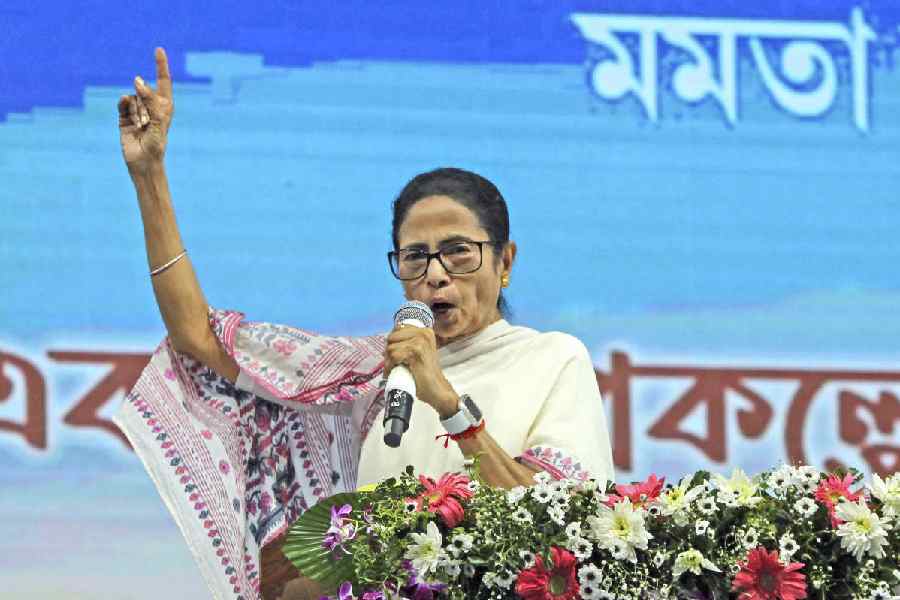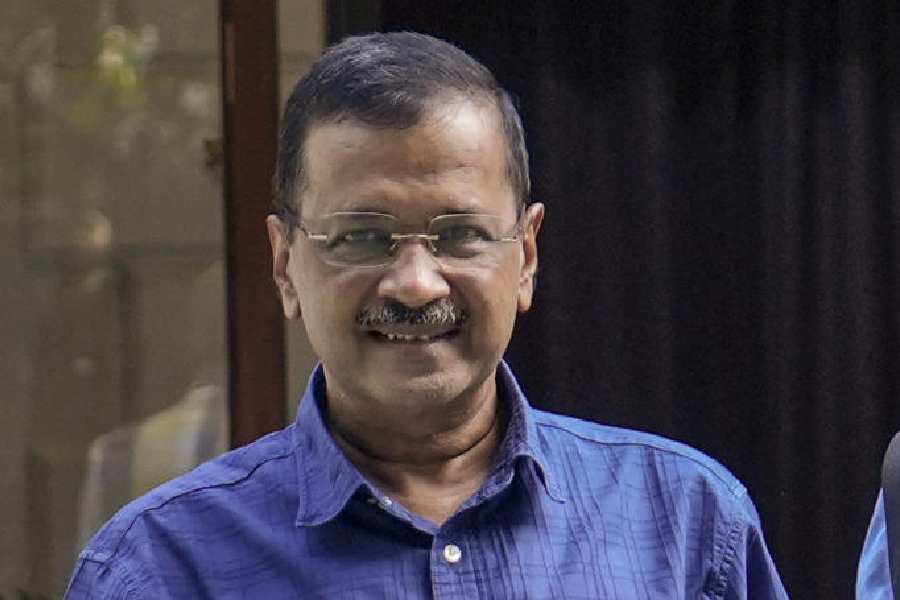?From satellite city project to town planning scheme on city’s outskirts, Bhubaneswar is making several moves to meet the challenges of urban development. As the city celebrates its 67th foundation on Monday, The Telegraph takes a look at how the city designed by Otto H. Konigsberger has grown over the years.

The original concept
The original 1946 master plan was based on the neighbourhood concept of living. However, the comprehensive development plan (CDP) failed to address it and bring uniformity across the plan area. Former chairman (state chapter), Indian Institution of Architects, Akshaya Behuria pointed to the failure of the authorities to adhere to the CDP. “Neither the CDP was properly followed, nor any project of satellite city could be executed to accommodate the growing population. However, the town planning scheme has a better strategy and hope it helps people in a holistic way,” he said.
Role model
While the recently adopted town planning scheme is based on the Gujarat model, the civic and development authorities have taken a step towards re-organising the lost neighbourhood concept of living. Urban development expert Piyush Ranjan Rout feels to achieve the goal of uniform development coordination between different departments such as power, water supply and civic infrastructure is necessary.
“City planning has become a mixture of ideas with development authority starting several projects but failing to achieve the objective. We need to see a particular vision plan that will be followed by all stakeholders involved
in city’s growth and development,” Rout said.
Answering the concern of town planners, vice-chairman of the Bhubaneswar Development Authority (BDA) Krishan Kumar said: “Land acquisition has become a major hurdle and the town planning scheme is expected to bring in a more equitable and democratic environment. Each land owner will get the benefit of owning a land in a particular area and I hope we will be successful in executing the first project within two years.”
Kumar said in future all development, housing and infrastructure projects would be taken up under the town
planning scheme. Experiences in Gujarat and Maharashtra have shown that this will ensure that the people will never reject the project, he said.BDA planning member (in-charge) Sudhir Ranjan Mohanty said: “Most of the residential areas in the city are facing civic problems due to lack of coordination in infrastructure provision and construction of houses, but under the town planning scheme there will be no building
plan approval from the date of notification till the execution of the project.”
Key projects
In 2010, the south city project was planned on over 1,200 acres. While acquiring land for the project, the authorities adopted Pune’s Magarpatta Model, where original owners of farmlands formed a company with regular monthly return from the shares of their property to provide infrastructure facilities to real estate developers, IT biggies and commercial complexes. However, the plan in Bhubaneswar was shelved due to lack of funds. On April 6, the announced an integrated township Jagasara Greens on 67 acres with all modern urban amenities for IT professionals working at the nearby Infovalley. While BDA will develop the integrated township for over 80,000
people in five years, the Infovalley project on over 665 acres will be developed by the Odisha Industrial Infrastructure Development Corporation (Idco). Preliminary work for the Jagasara township will begin in three months.
Bhubaneswar town centre project will come up on 12 acres in Ashok Nagar near the station square. Efforts will be made to implement a multi-modal transport system with focus on pedestrian movement and more use of cycles.
Flyover worry
Public works department continues to work on a flyover at Master Canteen Square though commuters hardly need a flyover across Rajmahal. “Flyovers are definitely complicating cityscape. A proper transport plan should be devised and the construction should be stalled. I think the PWD has failed miserably in the city by opting for flyovers where they are not needed,” Behuria said.
The well-known architect also said the flyovers being planned by PWD at Nalco and Damana squares would adversely affect traffic movement and they should also be scrapped along with the one proposed at Master Canteen Square.










